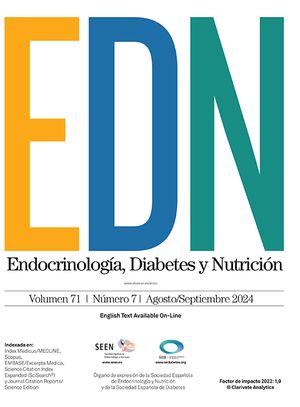Aproximadamente, el 5-10% de los tumores neuroendocrinos gastroenteropancreáticos tienen un componente hereditario conocido. Existen diferentes síndromes familiares tumorales de origen genético como el síndrome de neoplasia endocrina múltiple tipo 1 (MEN 1), la enfermedad de Von Hippel-Lindau (VHL), la neurofibromatosis tipo 1 (NF 1) y la esclerosis tuberosa (ET).
En este artículo se revisan las principales características clínicas y genéticas de estos síndromes: los genes involucrados y las mutaciones específicas, la prevalencia de la enfermedad y su penetrancia, los tejidos neuroendocrinos afectados, y las características morfológicas de los tumores neuroendocrinos GEP en el seno de cada uno de los diferentes síndromes genéticos.
Aproximately 5-10% of neuroendocrine tumours (NETs) of the gastroenteropancreatic system (GEP) have an hereditary background. The known hereditary syndromes include: multiple endocrine neoplasia type 1 (MEN 1), von Hippel Lindau disease (VHL), neurofibromatosis type 1 (NF 1) and tuberous sclerosis complex (TSC). This review discusses for each of these syndromes the: genes involved and specifics types of mutations, disease prevalence, affected neuroendocrine tissues and related clinical syndromes, and special morphological features of NETs on each of these syndromes.




